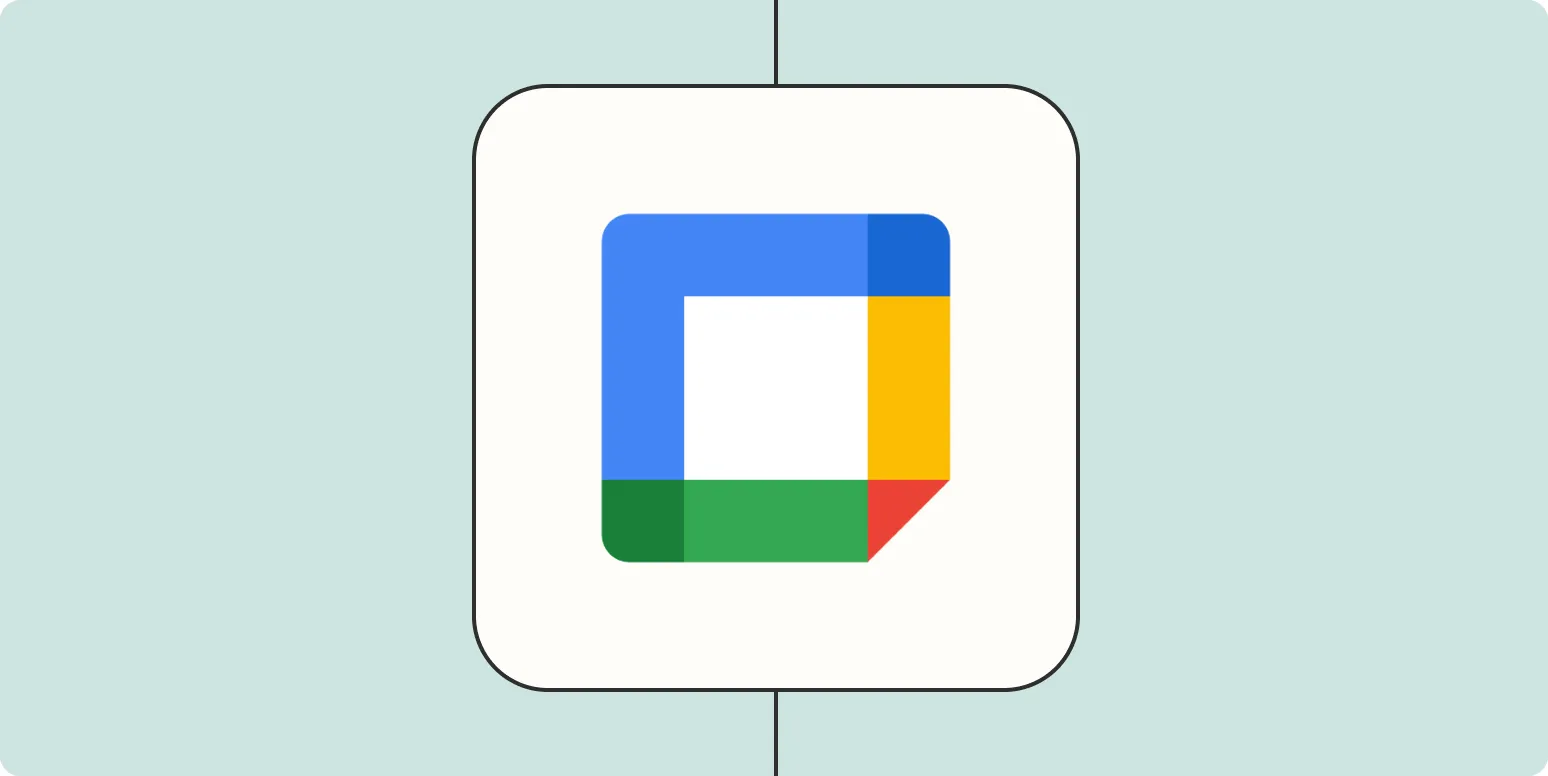1. Sync Google Calendar with Project Management Tools
Integrating Google Calendar with project management applications like Trello, Asana, or Monday.com can greatly enhance your team's productivity. When tasks are created in these tools, they can automatically populate your Google Calendar, allowing you to visualize deadlines and milestones in one place.
2. Utilize Google Calendar with Communication Platforms
Linking Google Calendar with communication tools such as Slack or Microsoft Teams can streamline your workflow. By integrating these platforms, you can receive notifications about upcoming meetings or events directly in your chat app, ensuring you never miss an important appointment.
3. Enhance Client Scheduling with Google Calendar
For businesses that rely on client meetings, integrating Google Calendar with scheduling tools like Calendly or Acuity Scheduling can be a game-changer. These applications allow clients to book appointments directly based on your availability, which is synced in real-time with your Google Calendar.
4. Automate Email Reminders Using Google Calendar
Setting up email reminders through Google Calendar can keep your team updated on important events and deadlines. You can create automated reminders for meetings, project deadlines, or tasks, ensuring that everyone stays on track and informed.
5. Integrate Google Calendar with CRM Systems
Linking your Google Calendar with customer relationship management (CRM) systems like Salesforce or HubSpot can help you stay organized. This integration allows you to schedule follow-up meetings or calls with clients directly from your CRM, which will be reflected in your Google Calendar.
6. Utilize API for Custom Integrations
If your business uses proprietary software, consider leveraging the Google Calendar API for custom integrations. This allows you to create tailored solutions that connect your business applications with Google Calendar, enhancing workflow efficiency and collaboration.
7. Streamline Event Management with Google Calendar
For businesses that host events, integrating Google Calendar with event management platforms like Eventbrite or Meetup can simplify the process. You can automatically add events to your calendar when they are created on these platforms, making it easier to manage your schedule and promote upcoming events.
Benefits of Integrating Google Calendar with Business Apps
Integrating Google Calendar with various business applications provides numerous benefits:
| Benefit | Description |
|---|---|
| Increased Efficiency | Simplifies scheduling and task management, reducing the time spent on manual entries. |
| Improved Communication | Ensures all team members are on the same page regarding meetings and deadlines. |
| Enhanced Organization | Centralizes information and events in one accessible location. |
| Better Time Management | Helps prioritize tasks and manage time effectively by visualizing schedules. |
By implementing these integrations, businesses can leverage the power of Google Calendar to enhance collaboration, streamline processes, and ultimately drive productivity. Whether you're a small business or a large enterprise, the right integrations can help you utilize Google Calendar effectively.
Final Thoughts
In an increasingly digital world, integrating Google Calendar with your business applications is no longer just a convenience; it's a necessity. As you explore these 7 ways to integrate, remember that the ultimate goal is to create a seamless workflow that enhances productivity and keeps your team connected. By taking advantage of these integrations, you can focus more on your core business activities and less on scheduling conflicts and missed appointments.





